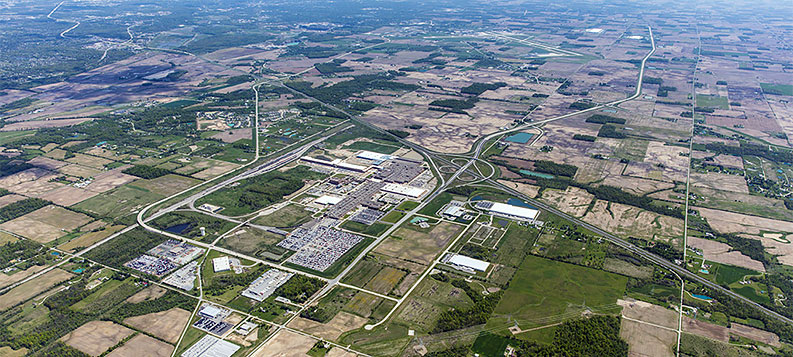
Wabash Valley Power Alliance, or WVPA for short, is a not-for-profit generation and transmission electric cooperative serving 23 member co-ops. Together, they power more than 311,000 homes, schools, and businesses across Indiana, Illinois, and Missouri. To deliver power to so many across such a large area requires a sophisticated electrical system. To keep it all running smoothly requires a smart, digitized grid and with it, loads of data.
“A lot of data transfers occur between us and our members,” said Curtis Taylor, VP of technical services for WVPA. “We constantly monitor performance-related data to ensure we’re getting clean, consistent electricity to our members.”
It is Taylor’s job to put systems in place to make sure this data is accessible to the people who need it most, quickly and securely.
WVPA uses a supervisory control and data acquisition (SCADA) system that allows members to control how the power is routed within their network and remotely control equipment like substations and breakers. Before connecting with IFN, WVPA’s SCADA was comprised of distributed hardware that sat in each member cooperative’s office. It was WVPA’s responsibility to deal with hardware issues, virus protection and application patching for the majority of those systems, which required a great deal of time and manpower from WVPA’s technicians.
In 2014, Taylor led a team which decided it was time to upgrade. Rather than continue operating a distributed system, the WVPA team consolidated SCADA onto advanced redundant hardware, located at their Indianapolis headquarters and backup data center in Greenfield. The multiyear project was completed in 2018.
“The absence of individual pieces of hardware meant we had to make sure our members had reliable and secure connectivity to the new, Indianapolis and Greenfield hardware,” said Taylor. “Fiber was the best way to accomplish this.”
In order for the new system design to be successful, WVPA needed a carrier that could provide cost-effective, easy-to-use fiber connectivity to its members, regardless of location.
“Our members are located in rural communities,” said Taylor. “The national players in telecom either didn’t have high-speed capabilities to serve those members or were too cost-prohibitive.”
Taylor then reached out to IFN to help WVPA connect its members in Indiana, Illinois, and Missouri on a private fiber network. IFN proved to be easy to work with from the very beginning, sitting down with Taylor and his team to brainstorm solutions and creative ideas that were cost-effective for WVPA.
“There was very little discussion with the other telecom carriers we approached,” said Taylor. “They would tell us ‘here’s what we can do for you and this is how much it’s going to cost,’ and not much more.”
Taylor credits WVPA’s E-Tree fiber network’s success to the combination of IFN’s collaborative attitude, willingness to go “above and beyond” to reach members located in extremely rural areas and cost-effective solutions.
“IFN is easy to work with, creative, and can reach my locations at a reasonable price point,” said Taylor. “All of these elements working together is what made for a successful project.”